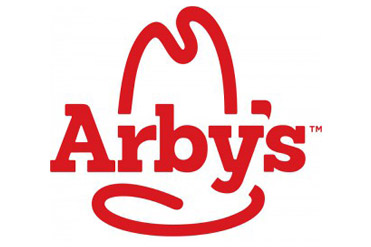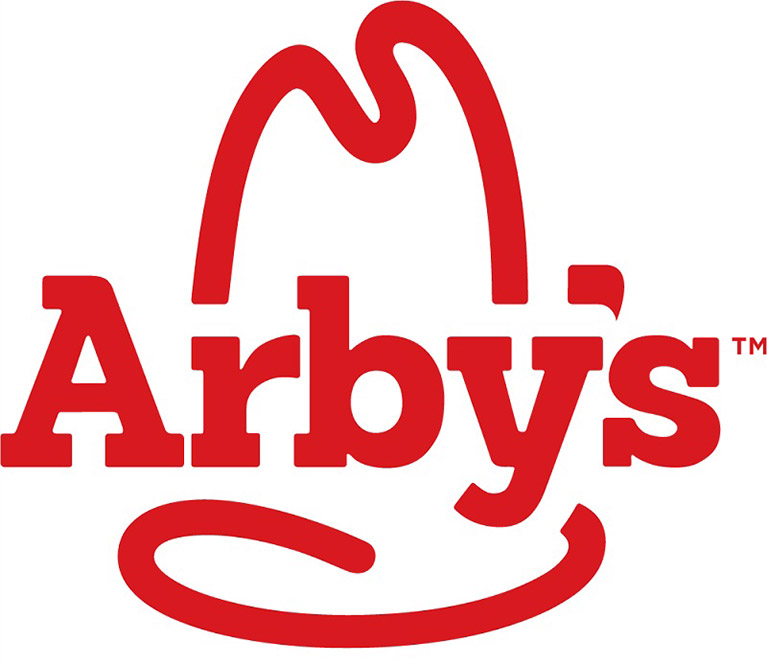
For years, Arby’s lagged behind the competition when it came to fast food marketing. Its marketing strategies fell short, failing to reach its customer base or make a sufficient impression. Its taglines sounded forced, and new product debuts seemed to lack the spark more successful brands had.
The company suffered a $150,000 sales loss per restaurant over the course of four years and considered closing its doors for good. Then, something happened that turned things around – a total branding overhaul.

From “I’m Thinking Arby’s” to “We Have the Meats”
Arby’s looked at its marketing efforts and realized something had to give. With numbers down and team morale sinking, Arby’s CMO Robert Lynch decided to investigate the source of the problem.
He looked at what competitors McDonald’s and Wendy’s were doing right and realized Arby’s had missed a crucial change in consumer climate: Customers were looking for honesty, not gimmicks.
When Arby’s began in 1964,
The marketing environment looked much different than it does now. Brands came out with advertisements to showcase their products or services, and consumers based their decision-making almost entirely on the information gained from the ads.
Nowadays,
Consumers trust their peers over ads and take word-of-mouth recommendations to heart more than advertisements. They trust brands less and desire a more transparent, honest approach to advertising.
Arby’s has used dozens of slogans over the years, including “It’s Good Mood Food!” and “I’m thinking different … I’m thinking Arby’s.” Its marketing efforts focused on playing by the rules, adhering to safe techniques, and making its brand more appealing to customers.
Unfortunately,
These goals were not in line with what customers wanted. While Arby’s focused on bettering its brand, customers were just looking for honesty.
When he realized it was time to make a change or crash and burn,
Lynch decided to bring the brand back to its roots. He looked at what Arby’s did best and what the brand’s original intent was. He overheard one customer mention at the counter that he “wished Arby’s had a chicken sandwich” – even though there were four chicken sandwich options on the menu board. Lynch realized they had been focusing on the wrong aspects of their restaurant.
After this realization, the “We Have the Meats” campaign was born.
This campaign focused entirely on the several different meat options Arby’s offers to customers. Marketers designed commercials with the meat as the focal point, narrated by Ving Rhames. T
hey dropped the angle of “happy-people-running-around-with-sandwiches,” (Lynch’s words) which had been their mantra for years, and opted for an edgier, riskier ad campaign. It worked – the “We Have the Meats” campaign took off, rewarding Arby’s with same-store sales growth of 9.6%.
A New Kind of Arby’s
An essential part of Arby’s new marketing strategy was to not take the franchise so seriously and interact with consumers in a more lighthearted manner. Arby’s made waves with the press during Grammy season in 2015 for its clever, punchy tweets.
Arby’s posted a tweet that quickly went viral, getting customers and marketers talking positively about the brand again. Arby’s joked about singer Pharrell Williams’ hat at the Grammy’s, which looked similar to the hat in the Arby’s logo.
The tweet resulted in more than 6,000 new followers for the brand on Twitter, and over 78,000 retweets – an astronomical response compared to the brand’s previous social media efforts. Arby’s paid attention to what fans were currently interested in and responded to it in a way that was humorous, engaging, and made an impression. Its fun, fearless approach to marketing kept the momentum going and led to a totally new brand image.
In the past, Arby’s was the butt of many jokes, criticism, and bad press. People such as Jon Stewart of the Daily Show mocked Arby’s publicly for years, using unfair biases and false information. Finally, Lynch had enough. He stated that Arby’s marketing team “had a choice to make” – they could either take the criticism lying down or take a stance.
As part of its new marketing strategy, Lynch’s team decided to send Stewart’s whole crew lunch. Arby’s also posted a video when Stewart announced his retirement, with snippets of Stewart criticizing Arby’s.
Then, they posted a tweet telling Jon to “reach out to us” for careers at Arby’s. After fighting back against Stewart’s torment, Arby’s enjoyed a customer-base increase of 43% with people 35 years old and under.
When Taking Risks Pays Off
To keep a good thing going, Arby’s continued to take marketing risks, testing the limits of how far it could go with its “honest” campaigning. The company created a commercial that focused on Pepsi, explaining via the narrator that it had broken its contractual obligation to Pepsi.
It had forgotten to mention Pepsi in two ads per year and explained this to the audience as it showed a cold glass of Pepsi on the screen. Their humorous, bluntly honest ad got millions of views and positive responses from consumers.
Arby’s also released several campaigns relating to the video game realm. In 2013, it released a social media game featuring its partnership with King’s Hawaiian rolls through MediaBrix. The game encouraged users to interact with Arby’s brand, rewarding them for watching video messages.
More recently,
It posted a couple of tweets referencing new fighting game releases. It posted a photo of the Mortal Kombat logo made with Arby’s curly fries and a Street Fighter reference with mozzarella sticks. The response from customers was overwhelming, proving that Arby’s marketers are finally on the right track.
Sometimes, taking risks pays off.
In your market, your consumers may grow tired of seeing the same old ads for the same products. In the 21st century, sometimes you have to be controversial to gain attention – or at least a bit on the edgy side. Consumers appreciate a brand that keeps it honest because they feel they can trust these brands and remain loyal to them.
Consumers must feel a strong connection with a brand to want to continue purchasing from it. In Arby’s case, it was a stroke of genius to resort to powerful, frank advertising to recover what had become an abysmal sales slump.
What’s Next for Arby’s?
To continue to revitalize its brand, Lynch and Arby’s CEO Paul Brown is taking steps to refresh the look of Arby’s restaurants across the country. The company opened 60 new locations and remodeled 100 old locations.
Now, Arby’s has subway tile, eye-catching light fixtures, and exposed wood to achieve a fast-casual restaurant feel.
The brand is renovating its look to match its new, modern marketing tactics and to appeal to its new major demographic – people under 55. The younger generation is more interested in Arby’s than ever before, thanks to the clever ad campaigns and social media presence.
Arby’s strives to keep this crowd happy by continuing to listen to their needs and focus on what initially made the restaurant popular – great food.
By returning to its roots, Arby’s was able to get back on track and be of value to customers. Arby’s marketing team stayed true to the brand’s origins while transforming it to meet today’s consumer needs.
Using several savvy tactics, including social media risks and the recognizable and humorous “We Have the Meats” advertisement campaign, Arby’s recent marketing moves showcase how to build a brand identity – even if your brand needs a total makeover.
The post How Arby’s Revitalized Their Marketing Campaign first appeared on Web Design & Digital Marketing Tips.